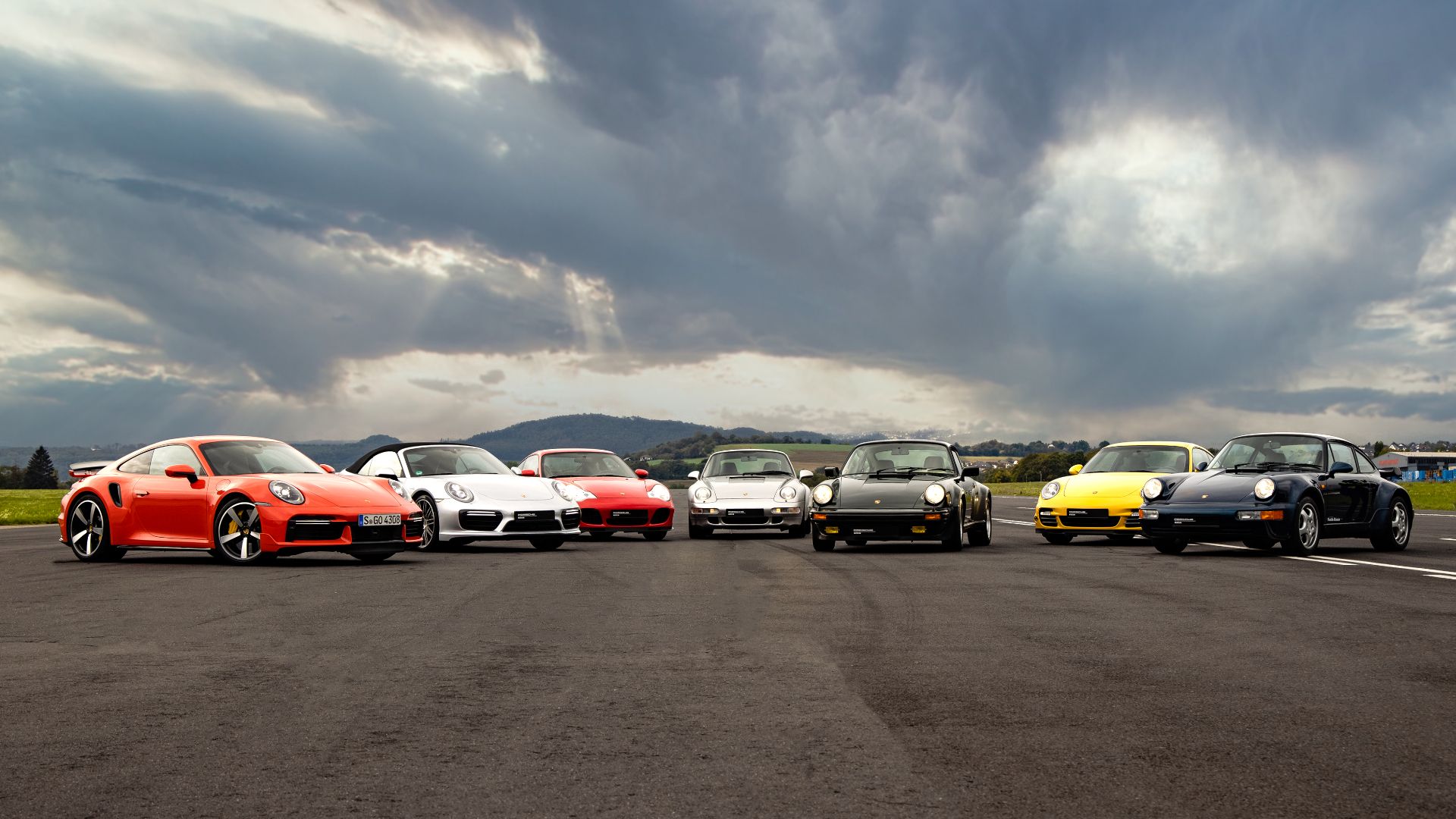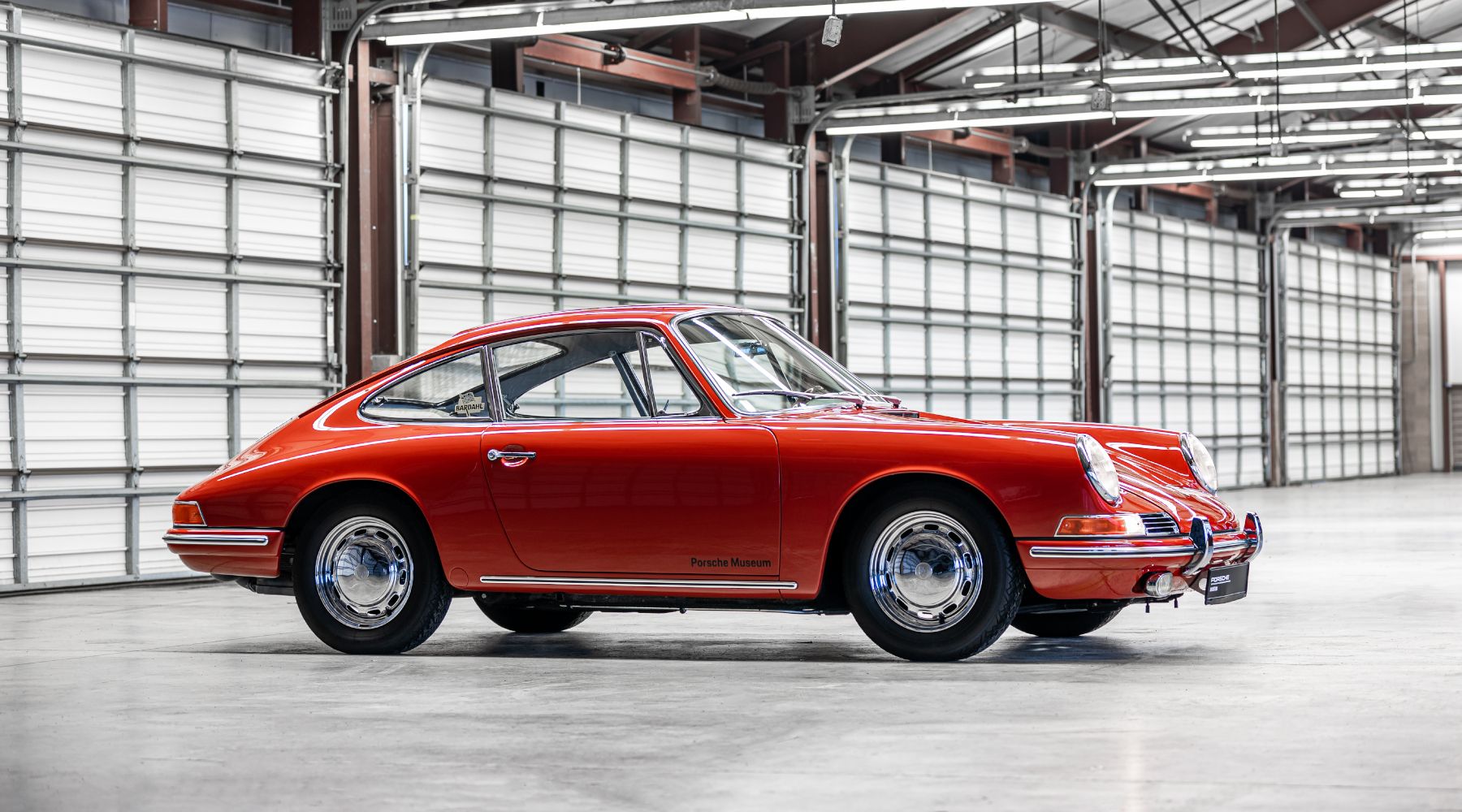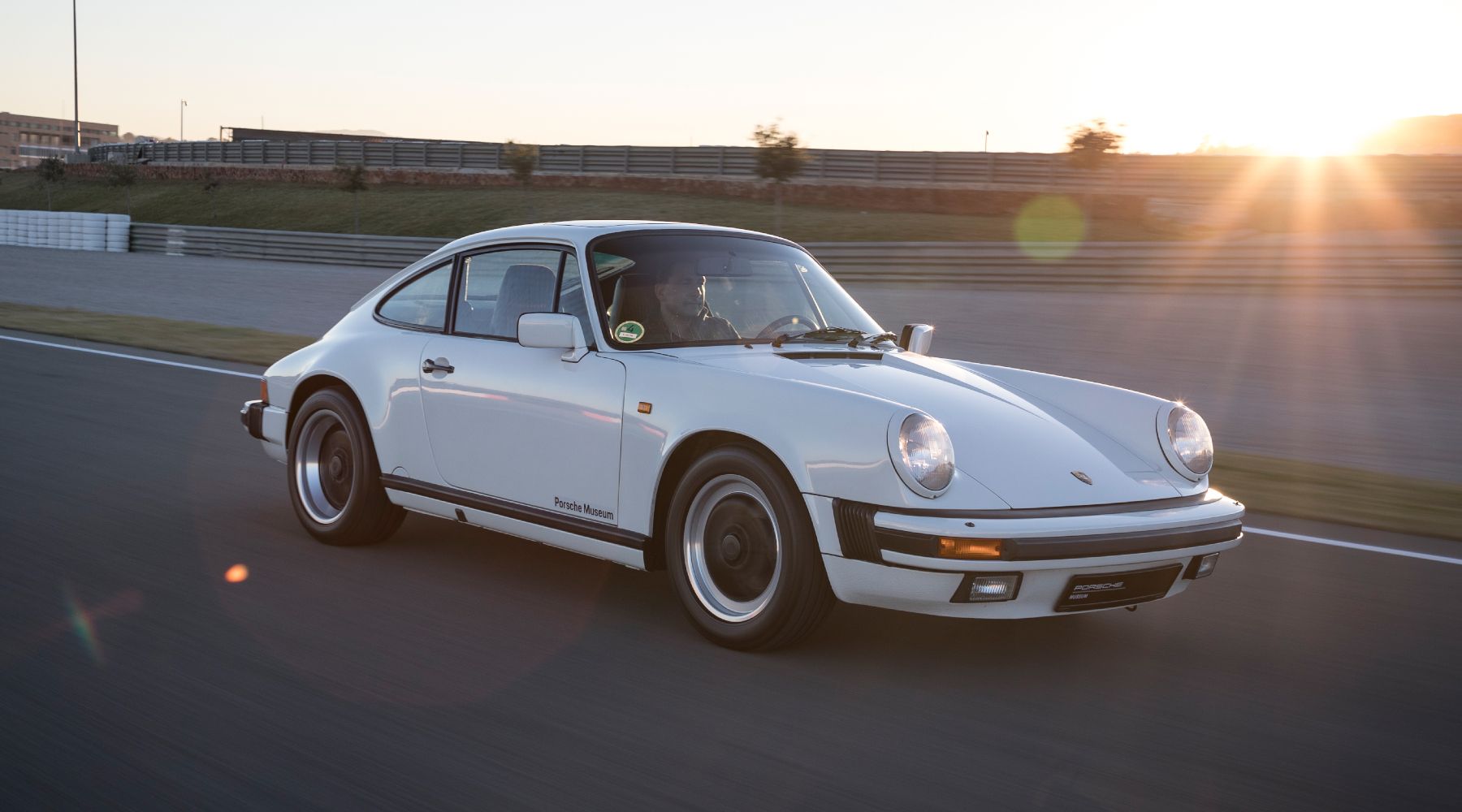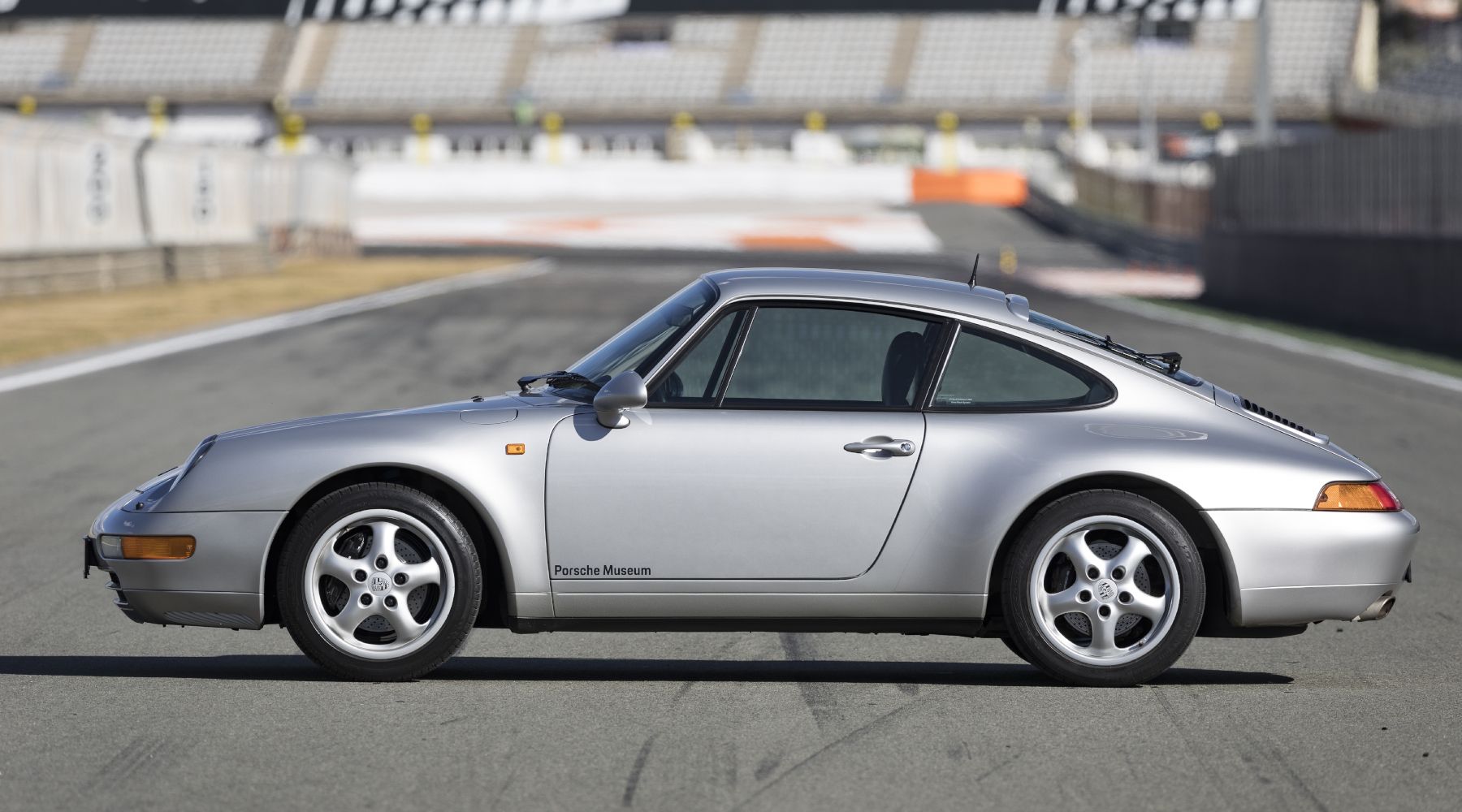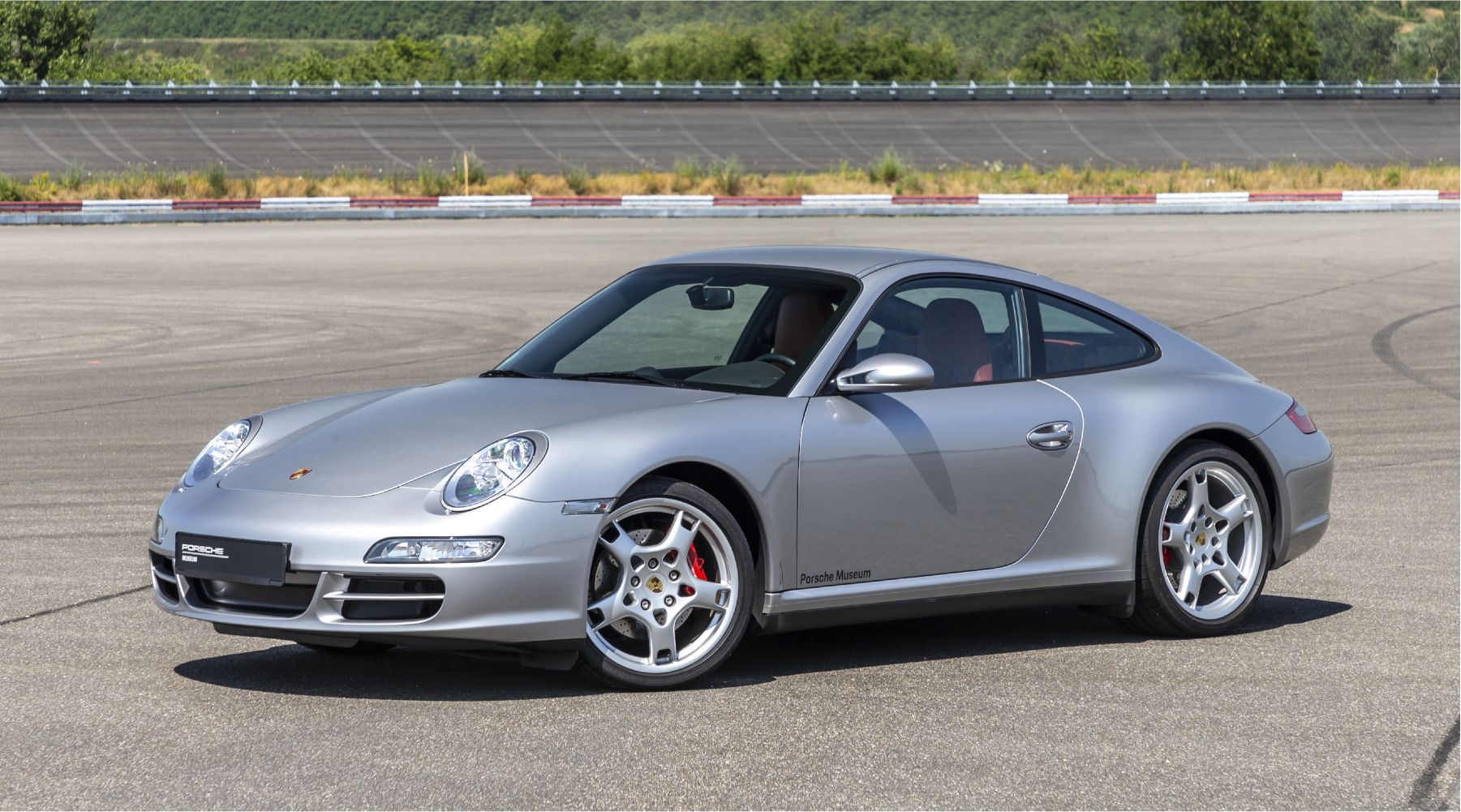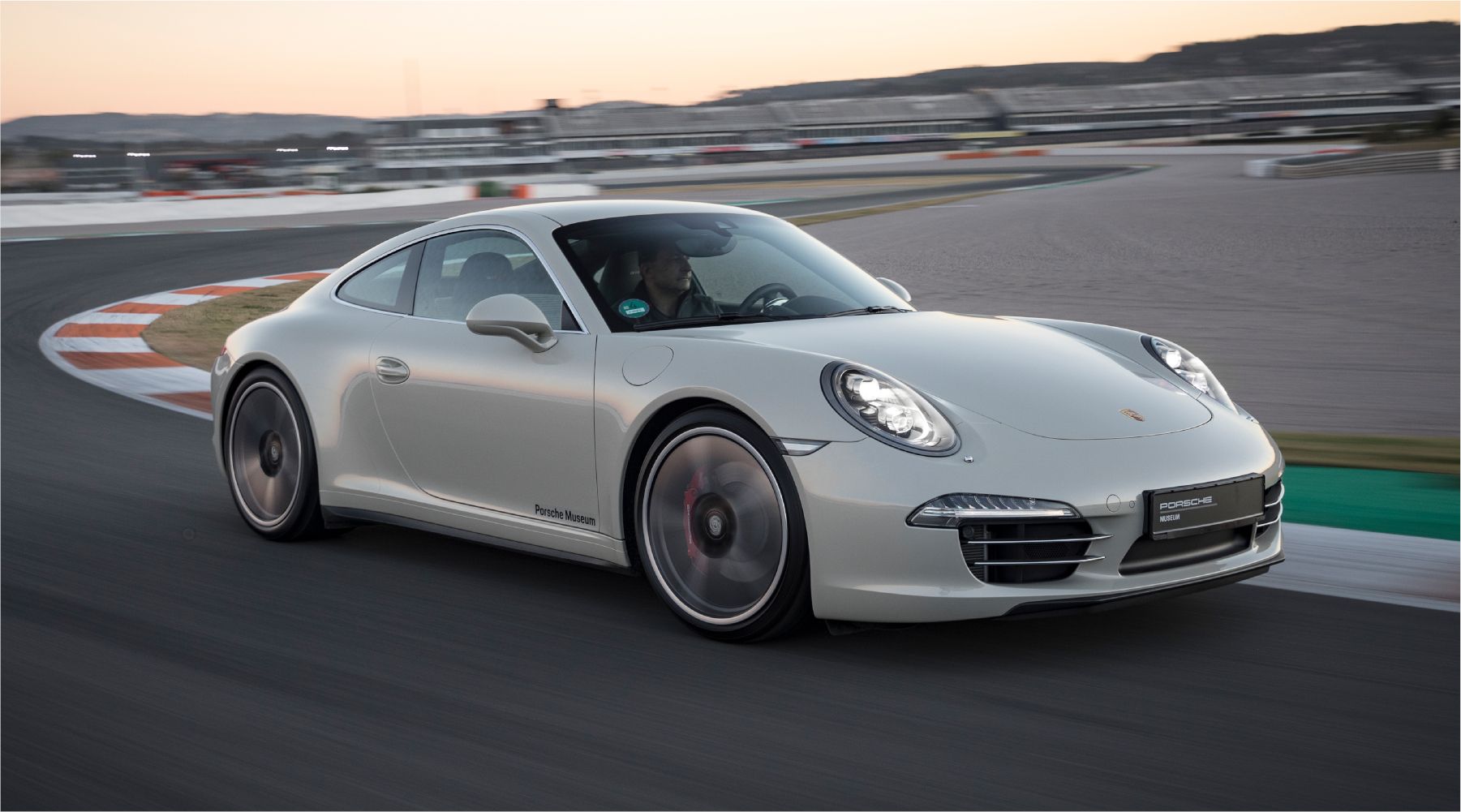The Porsche 911 is the quintessential sports car and has remained in continuous production for nearly 60 years. Over this period, the design has remained remarkably similar, with the latest 992 generation still unmistakably a 911. Mechanically, however, other than the 2+2 seating layout and the rear-mounted flat-six engine, very little has remained the same throughout the model’s long and illustrious history. In this trip down memory lane, we’ll explore the main technical highlights of each Porsche 911 model.
1 911 (1963-1989)
The legendary sports car was born in 1963. It was originally meant as a bigger, more refined version of the Porsche 356, the company’s first production model. Originally called the 901, Porsche had to change the designation to 911, after Peugeot threatened to sue over the fact that it had copyrights to car names composed of a three-digit number with a zero in the middle. The rear-mounted, air-cooled engines sparked numerous comparisons to the VW Beetle, which last to this day. The classic 911 featured an array of flat-six engines of varying displacement and power ratings, culminating 1972 Carrera RS 2.7 whose “ducktail” rear spoiler was a world first on production vehicles, according to Porsche. The 911 rode on a MacPherson strut front suspension and semi-trailing arm rear end, with torsion bars on both ends. During cornering, the heavily loaded outer wheel in the semi-trailing arm setup had a tendency to toe out in deceleration. This essentially means the rear axle wanted to describe a larger corner radius than the front. The result was a fearsome mid-corner lift-off oversteer behavior which was hard to correct and plagued the early cars.
The 911’s first major revamp came about in 1973, ten years after its inception. The G-series, as it was internally known, is often considered to be its own generation, although it didn’t get its own separate model designation like subsequent generations. It featured prominent bumpers to meet American crash standards, as well as three-point seatbelts and integrated headrests as standard.
Turbocharging arrived in 1975, with the aptly named 911 Turbo. Codenamed the 930, power came from a non-intercooled, single-turbo 3.0-liter engine connected to a four-speed manual transmission. The characteristic body shape incorporated wide wheel arches to accommodate fatter tires and a distinctive, huge rear spoiler that became known as the “whale tail”. Porsche brought intercooling to the 930 in 1978, while also raising the engine capacity to 3.3 liters in an effort to reduce turbo lag. The top-mounted intercooler required a raised rear wing section that became known as the “tea tray”. The high power output of the Turbo to the rear wheels, combined with the generation’s tail-happy attitude, earned the 930 Turbo the unflattering “widow-maker” nickname. It got a five-speed transmission in 1989, the final year before the next generation arrived.
2 964 (1989-1993)
Although the styling remained similar, the 964 represented the first major revision of the 911 in mechanical terms. Up to 85-percent of components were totally new. It debuted with the all-wheel-drive Carrera 4, the rear-wheel-drive Carrera 2 arriving six months later. The front torsion bars left no room for the new driveshafts, and thus the car made the move to coilover shocks front and rear. Perhaps the biggest change was the rear suspension. Porsche tried to correct the car’s inherent lift-off oversteer by adding a link with deformable bushings which reversed the outer wheel’s tendency to toe out, creating the so-called “Weissach-effect” rear-axle. The rear wing now extended automatically at speed, contributing to the car’s clean looks at a standstill. ABS made its first appearance as standard equipment, as did airbags and power steering.
3 993 (1994-1997)
The 993 version debuted in 1993. Considered by many to be the best-looking generation of the 911, the 993 sat on a brand-new aluminum chassis. Gone was the much-maligned semi-trailing arm rear end, in favor of a more modern multi-link design. Naturally-aspirated models saw the introduction of Varioram, Porsche’s version of variable-length intake manifolds and one of the first of its kind in production vehicles. These optimized the flow to the valves depending on engine rpm, helping with power production at both the low and high ends of the rev range. The Turbo version now featured a parallel twin-turbo layout, with the exhaust from each bank of three cylinders feeding its own turbocharger. Another world-first of the all-wheel-drive Turbo according to Porsche was the hollow-spoke aluminum wheels. This was the last generation to feature air-cooled engines, which were a staple of the 911 up to this point.
4 996 (1998-2004)
The 996 generation is a bit of an ugly duckling of the 911 family. Die-hard purists weren’t happy with the change to water-cooled engines, and the extensive parts-sharing program with its smaller Boxster sibling resulted in somewhat goofy-looking, drooping headlights. Imagine the uproar had it made the move to a V-8 engine. The change to water cooling wasn’t smooth either, with the M96 and later M97 engines struggling with the intermediate shaft bearing failure, rear main seal leaks, and cracking cylinder liners. Porsche was aware of this, especially after several lawsuits. On the bright side, the “Mezger” engine that powered the GT3, GT2, and Turbo models gained legendary status for its near bulletproof construction and race-bred pedigree. The track-focused 2000 GT2 was the first production car to feature carbon-ceramic brakes as standard.
5 997 (2005-2011)
The elliptical headlights made a quick return to the 911 in the 997 generation after the backlash from the previous generation. Other improvements came in the form of direct fuel injection and Porsche’s infamous PDK (Porsche-Doppelkupplungsgetriebe) dual-clutch transmission. The 2006 911 Turbo featured variable turbine geometry. Already widely used in diesel engines at the time, the system was a world-first for production petrol-powered engines. Engineers worked hard to minimize problems related to gasoline’s higher exhaust temperatures, such as resistance of materials and clearance issues with thermal expansion. An assortment of vanes in the turbine housings electronically change angle on-the-fly, ensuring optimal exhaust flow direction to the turbine’s blades at different engine speeds. This results in a faster-spooling turbo and a broader torque curve compared to traditional turbocharger designs.
6 991 (2012-2018)
The 991 generation arrived in 2011, and a few years after, Porsche sold the one-millionth 911. The now age-old tradition of accusing the latest 911 model of “losing its character” was not avoided, with critics bashing the reduced feedback from the new electric power steering. Also, controversial was the decision to include turbos in the base Carrera models. With downsizing and turbocharging being the order of the day for manufacturers, Porsche was no exception and naturally-aspirated powerplants became reserved for the racier GT3 versions. A seven-speed manual transmission made its first appearance. An active rear-wheel steering system is also optional. Initially, the rear wheels turn in the opposite direction to the front wheels, enhancing low-speed agility. At higher speeds, they turn in sync with the front wheels, thus increasing stability.
7 992 (2019-present)
On to present days and to the current-gen 911. Codenamed the 992, the car represents an evolutionary step over its predecessor, rather than revolutionary. A whopping 26 versions are currently on sale, including four Targa models, three GT3s, one Sport Classic, and one Dakar edition. The 911 continues to grow stronger and stronger, with better fuel economy, more power, and faster Nürburgring lap times than ever before. While perhaps not as technologically innovative as the other generations in this list, the 992 remains a worthy flag-bearer for the 911 name, which will undoubtedly continue to be synonymous with performance and driver enjoyment for years to come.

